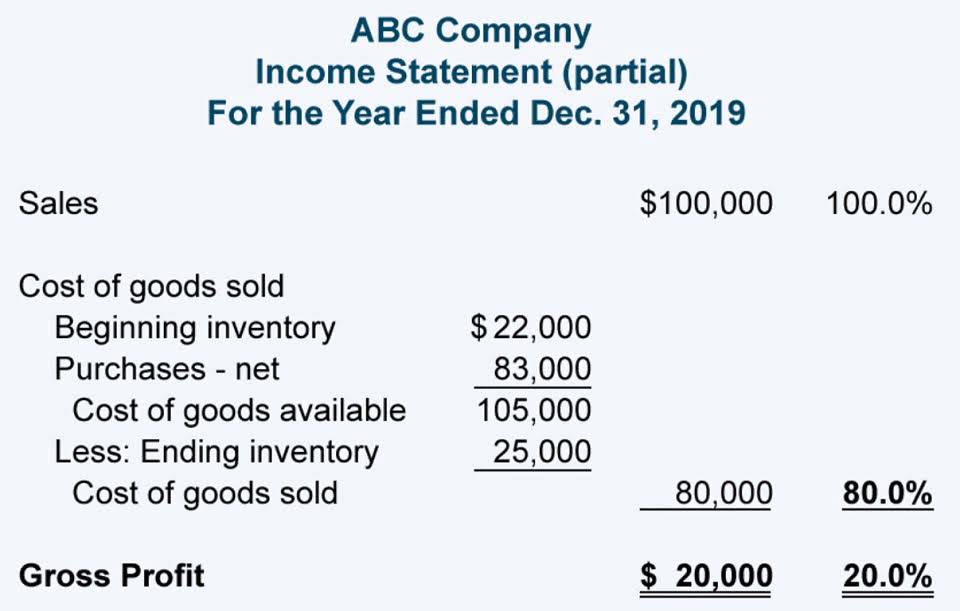
Since the interest expense on debt is tax-deductible (while dividend payments on equity shares are not) it makes debt funding that much cheaper. Let’s say a business decides to take on a mortgage loan on a building instead of leasing the space because mortgage interest is tax deductible, thus serving as a tax shield. As a result, the gross income for the business would be reduced by the amount of interest paid on the mortgage, thus, reducing its taxable income.
Examples of Tax Shield
Suppose we are looking at a company under two different scenarios, where the only difference is the depreciation expense. A straight-line basis assumes that an asset’s value declines at a steady and unchanging rate. If this isn’t the case, which it sometimes won’t be, a different method should depreciation tax shield formula be used. Saudi Arabia, United Arab Emirates, Oman, Kuwait, Qatar, and Bahrain are some examples. Many countries produce oil in the Middle East and rely on exports rather than taxes to fund their budgets. Consider the shield’s $100,000 yearly worth as an example of an interest expense.
The Tax Impact of Depreciation

Since depreciation is a non-cash expense and tax is a cash expense there is a real-time value of money saving. Depreciation expense is an accrual accounting concept meant to “match” the timing of the fixed assets purchase—i.e. Capital expenditure (Capex)—with the cash flow generated from fixed asset over a period of time. On the income statement, depreciation reduces a company’s earning before taxes (EBT) and the total taxes owed for book purposes.
Medical Costs
Mortgages originating after that date are eligible for an interest deduction of up to $750,000. There is no one best method of calculating depreciation for tax reporting purposes. Each approach has its merits and may be the most suitable for a specific asset and situation.
If your out-of-pocket medical costs were more than 7.5% of your adjusted gross income (AGI) last year, you’ll gain this tax shield. You had $10,000 of medical costs last year, meaning you’ll receive a $6,250 deduction for medical expenses. Corporations use tax shields strategically to receive tax benefits. They often do this in one of two ways, either through capital structure optimization or accelerated depreciation methods.
- As a result, it reduces the overall taxable income, thus lowering the amount of tax payable.
- A tax shield will allow a taxpayer to reduce their taxable income or defer their income taxes to a time in the future.
- It is the simplest and most consistent way to calculate depreciation and is the logical choice when dealing with an asset whose value decreases steadily over time at around the same rate.
- There are cases where income can be lowered for a certain year due to previously unclaimed tax losses from prior years.
- For tax purposes, depreciation is considered a business expense, and businesses are allowed to deduct it when calculating their taxable income.
- Assuming depreciation totaled $20,000 and a tax rate of 10%, the truck owner can subtract $2,000 from his total taxable income.
- The payment of the interest expense is going to ultimately lower the taxable income and the total amount of taxes that are actually due.
Donations must be made to an authorized organization to be eligible. Taxpayers can recoup some losses related to the depreciation of qualified property by using the depreciation deduction. Both intangible assets like patents and tangible assets like buildings are eligible for the deduction.
Taking advantage of tax shields generally means itemizing deductions. This option has become less attractive since the Tax Cuts and Jobs Act of 2017 because it dramatically increased standard deductions for taxpayers. Therefore, it’s best to do your homework and ask a tax professional about tax shields before itemizing. If your deductions don’t add up to an amount greater than your standard deduction, you won’t get as large of a return by itemizing.

- Anyone planning to use the depreciation tax shield should consider the use of accelerated depreciation.
- Private Equity Funds typically use large amounts of Debt to fund acquisitions.
- Tax shields vary from country to country, and their benefits depend on the taxpayer’s overall tax rate and cash flows for the given tax year.
- Thus, the benefit comes from the time value of money and pushing tax expenses out as far as possible.
- Based on the corporation’s or person’s effective rate, these safeguards are valued.
- Taxpayers can deduct medical and dental costs that exceed 7.5% of adjusted gross income.
This is one of the ways companies manage their tax liabilities and improve cash flows. There are many examples of a tax shield, and it often depends on the tax rate of the corporation or individual as well as their tax-deductible expenses. It can also depend on the type of taxable expenses being used as a tax shield. Since depreciation expense is tax-deductible, companies generally prefer to maximize depreciation expenses as quickly as they can on their tax filings.

Depreciation Methods
If the tax rate is 33%, the company’s tax liability works out to USD 1 million (USD 3 million × 33%) which equals after-tax net cash flows of USD 7 million (USD 8 million – USD 1 million). A tax shield will allow a taxpayer to reduce their taxable income or defer their income taxes to a time in the future. To calculate a tax shield, you need to know the value of your tax-deductible expenses and your own individual tax rate. A tax shield is a legal way for individual taxpayers and corporations to try and reduce their taxable income.

Standard Tax Deductions
- As a result, the gain results from using the time value of money and deferring tax payments as long as feasible.
- Sandra Habiger is a Chartered Professional Accountant with a Bachelor’s Degree in Business Administration from the University of Washington.
- We’ll now move to a modeling exercise, which you can access by filling out the form below.
- This happens through claiming allowable deductions like medical expenses, charitable donations, or mortgage interest.
- Rohan has also worked at Evercore, where he also spent time in private equity advisory.
This is something you’ll probably come to realize when you try to re-sell the item—in most cases, you won’t get the same price you originally paid. If you run a business, you can claim the value of depreciation of an asset as a tax deduction. Here are the basics of depreciation and the best way to calculate this value for tax purposes. Donating to charity might lessen one’s tax liabilities, much as the tax break provided as reimbursement for medical expenditures.
